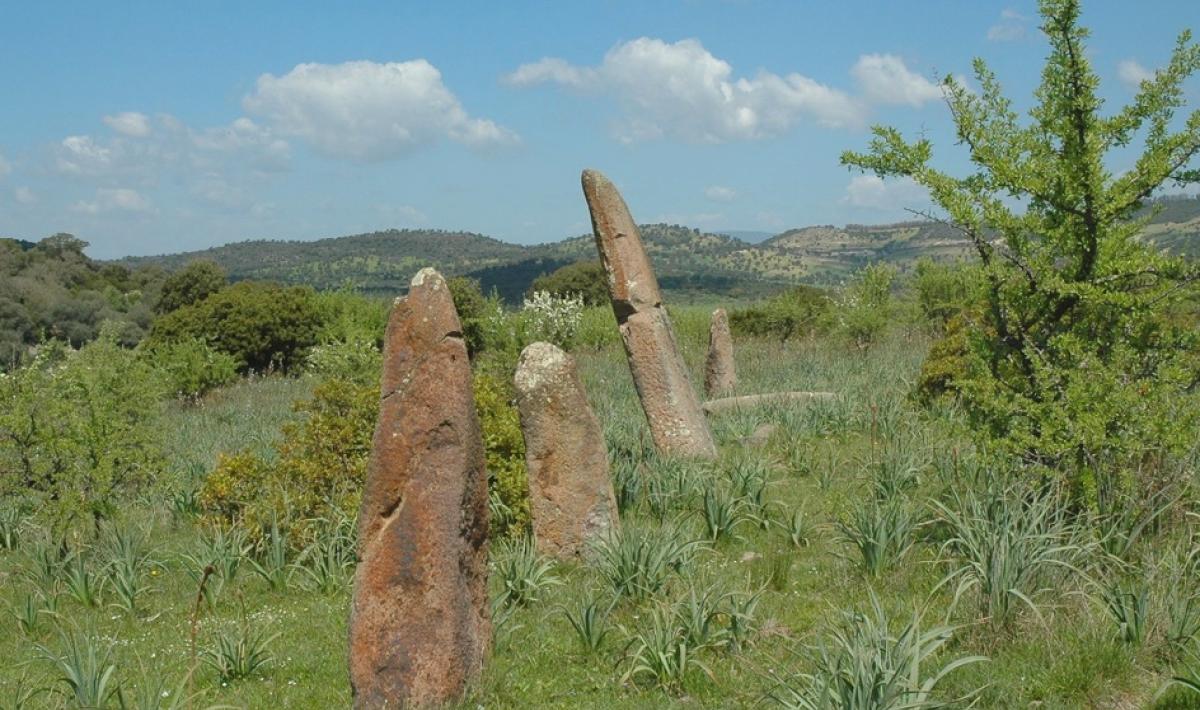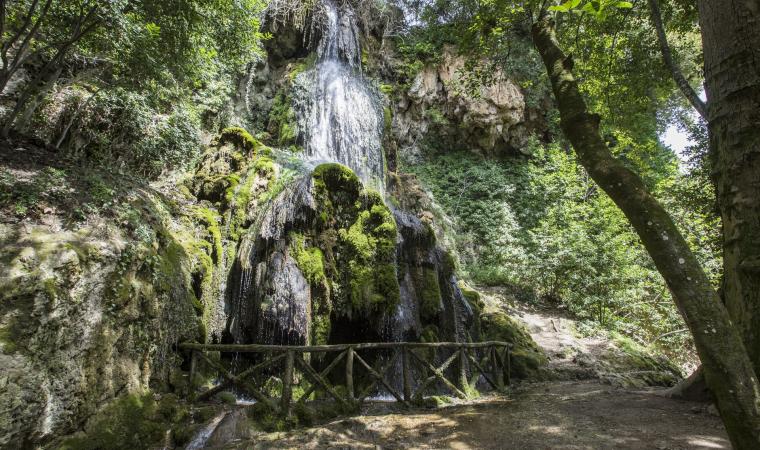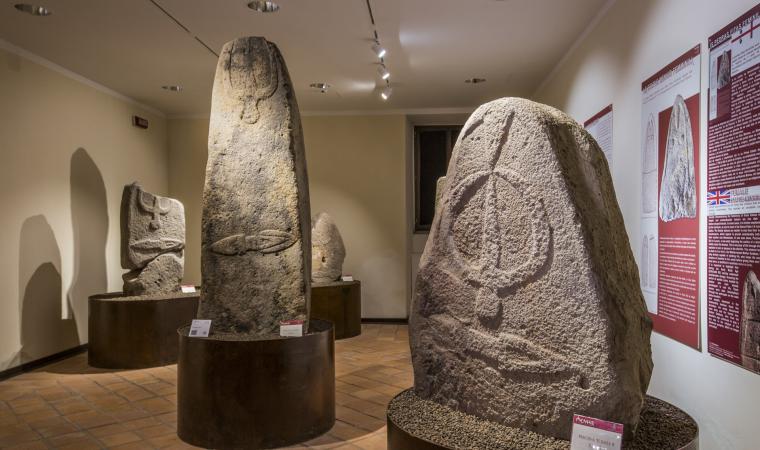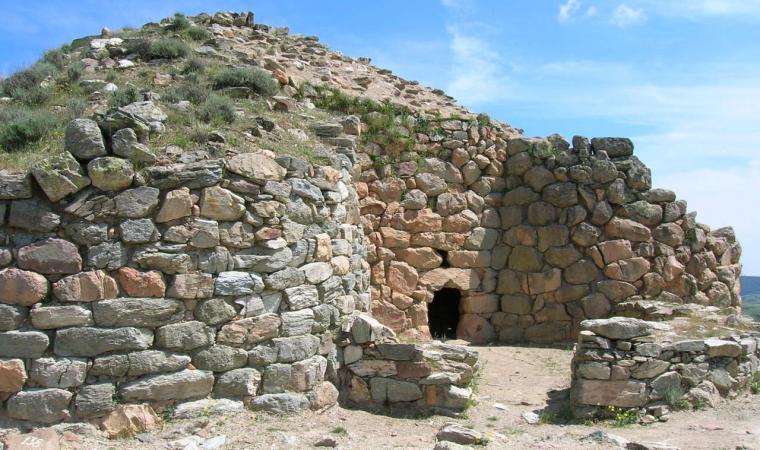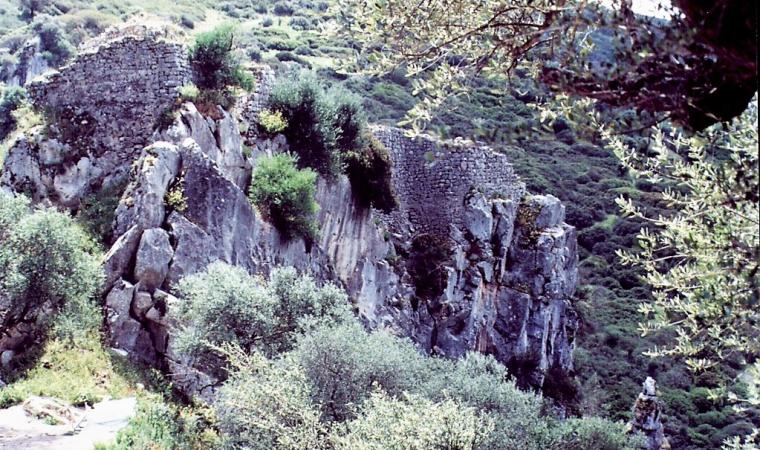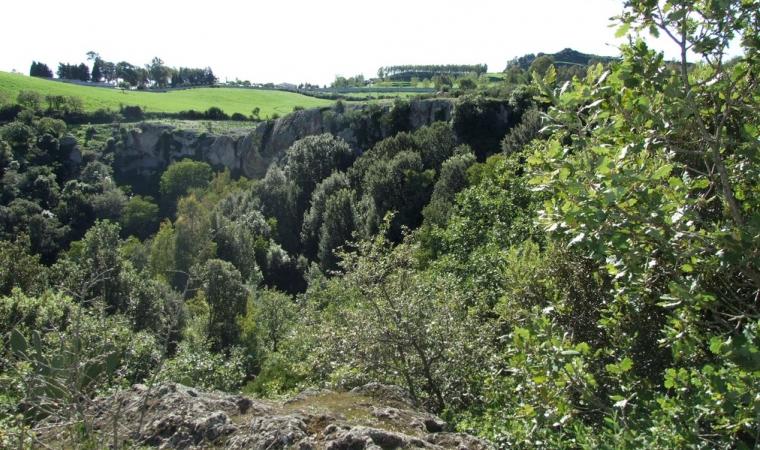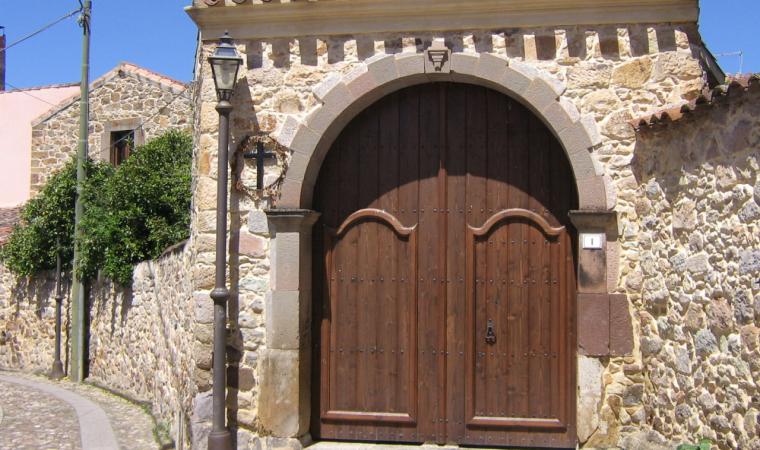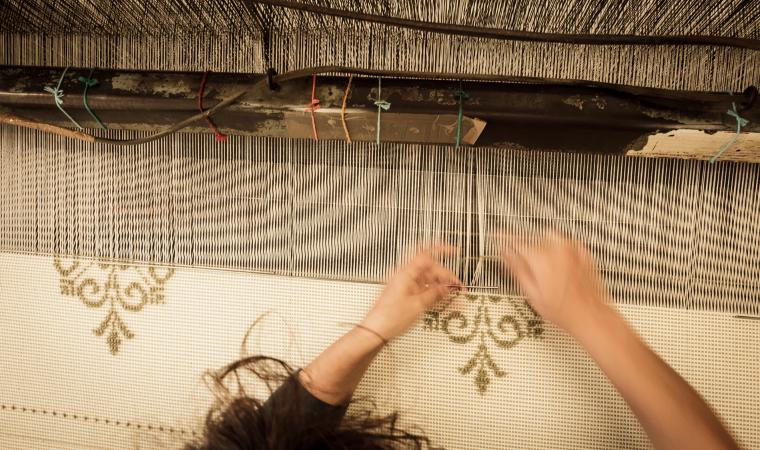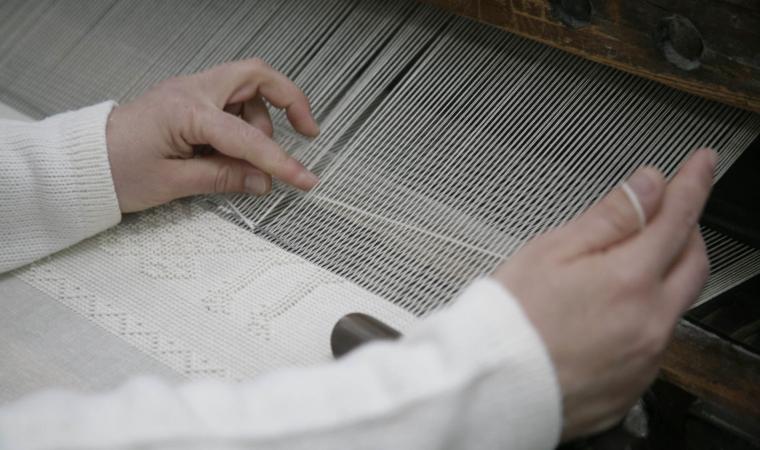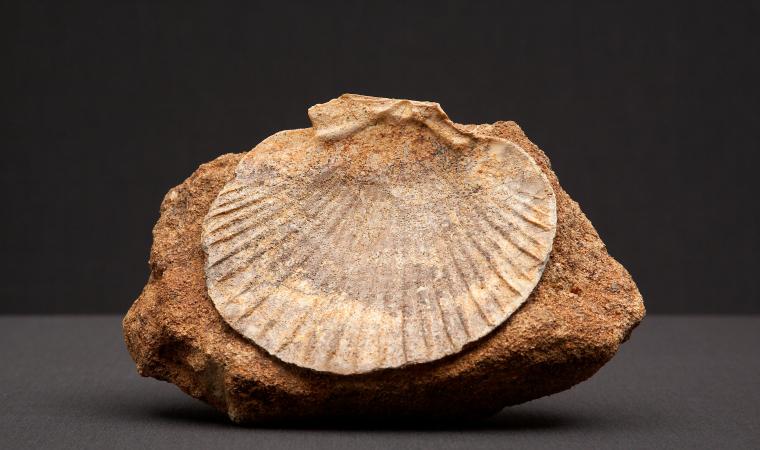The territory of Laconi, the main town in the Sarcidano region, has yielded one of the highest concentrations of menhirs on the Island, dotted over distant areas sometimes several kilometres away. One of the most prolific and significant areas stretches across the slope of Conca Zerfaliu, an elevation not far from the town, in the locality of Corte Noa. There are seven monoliths here, known in Sardinian as perdas fittas (embedded stones), all placed in line except one that slid down into the valley. Their heights vary from one metre twenty centimetres to two metres twenty. Their appearance is ‘proto-anthropomorphic’, i.e. with a mere hint of human features. The figures are sculpted in bas-relief out of trachyte with the “light hammer” technique and their origin, as well as their meaning, is uncertain. It is thought that these menhirs date back to between the 4th and 3rd millennium BC, or that they could belong to a continuation of the same religious horizon in the second half of the 3rd millennium BC. The monoliths probably represented important social figures within the pre-Nuragic peoples, perhaps ancestors, leaders, warriors, heroes or divinities. In nearby areas, they are single or in pairs, or positioned in a circle or even in a line, as in Corte Noa, maybe also to create a border, a limit between territories inhabited by different bloodlines and each with its own legends.
About 200 metres from the menhirs in an easterly direction, climbing slightly towards the top of the hill, you will come across a second archaeological area that characterises the locality: it is a dolmen with a gallery, a type known as allée couverte, which represents the forerunner of the tombs of Giants in Sardinia. The body of the tomb is about nine metres long, delimited by two parallel rows of orthostate slabsin which there are knife-like cuts. You will notice the remains of a slab, on which an access door originally opened up, separating the entrance from the funeral space. The roof has been lost.
Only a few skeletal remains were found at the site, but numerous funerary objects were found: obsidian arrowheads, fragments of ceramic vases, small rings and spirals. You can see some of the finds in the Museum menhir in Laconi, located on two floors of the nineteenth-century Palazzo Aymerich. Through its rooms, you will be on a journey through the evolution of megalithism in Sardinia: 40 monoliths are on display, mainly from Sarcidano and of the protoanthropomorphic type, anthropomorphic with somatic features and various menhir-statues, rich in physical and symbolic details. After the visit to the museum, you will continue the cultural and nature visit in the picturesque medieval village, home of St Ignatius and a pilgrimage destination, and in the Aymerich Park, a beautiful ‘green lung’ with a myriad of different trees, a captivating waterfall and the ruins of Aymerich Castle.

